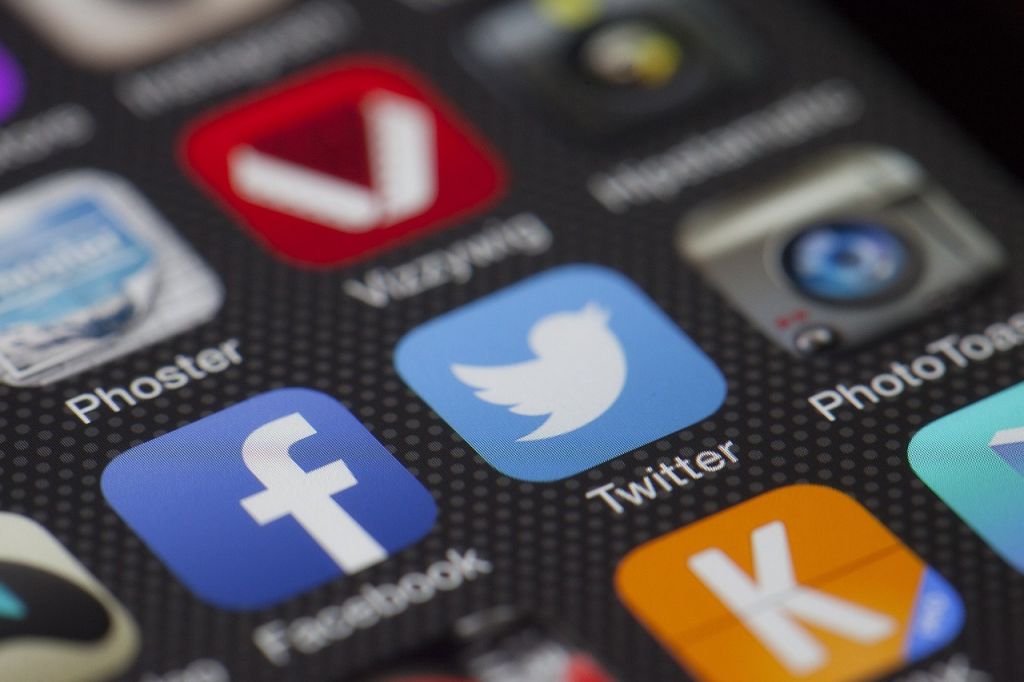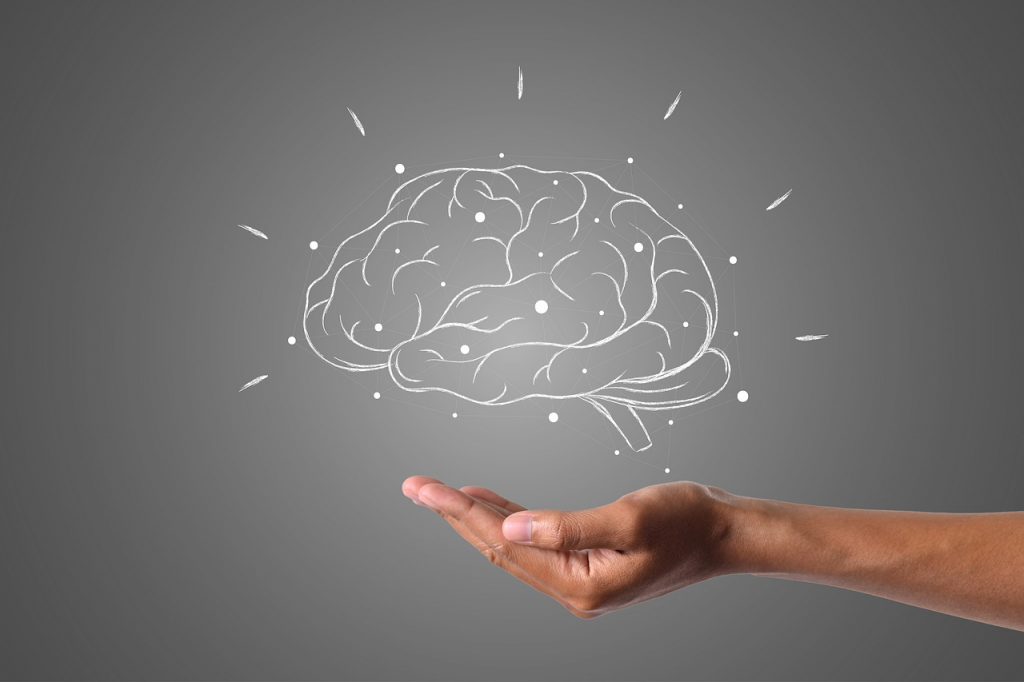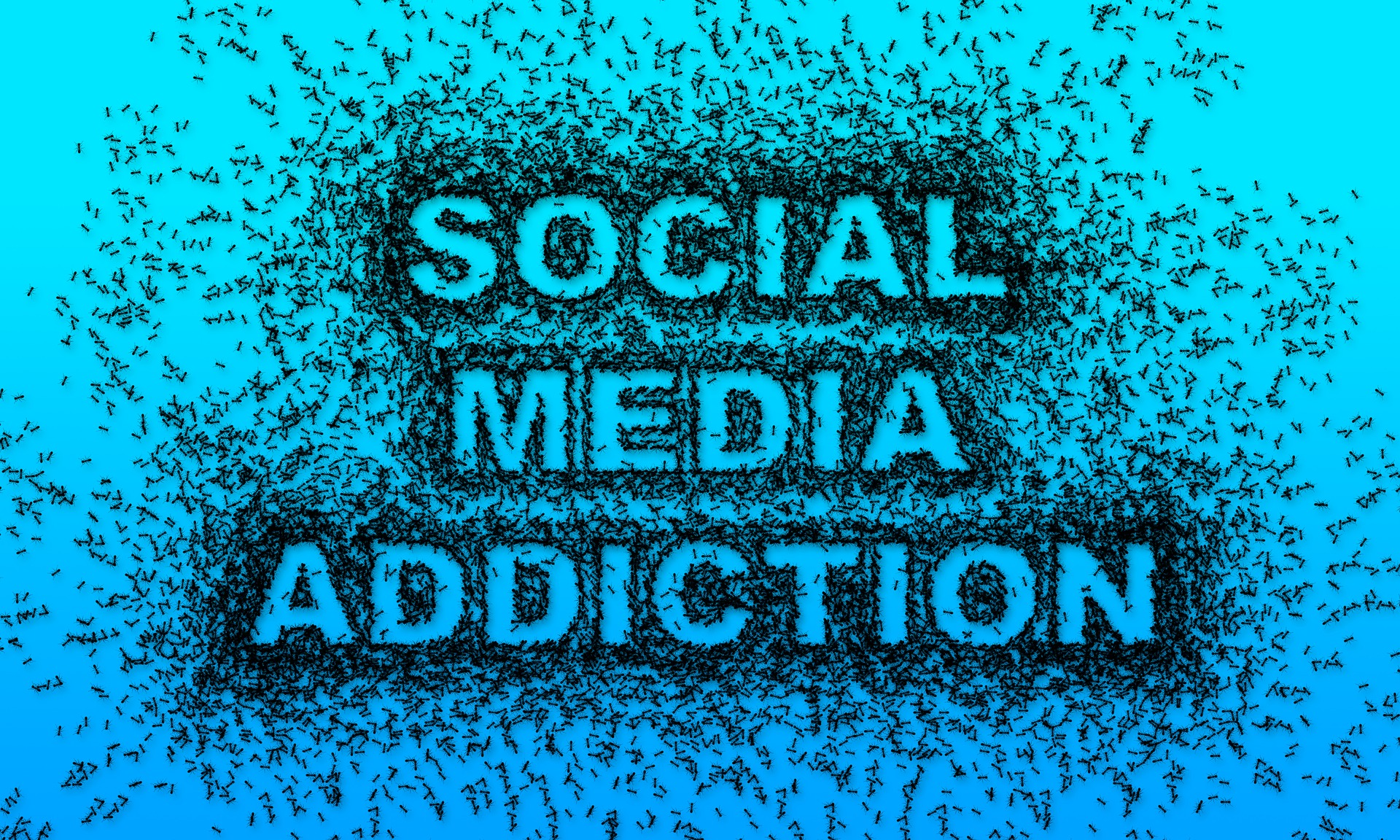We often call “social media detox” the hip solution to tech burnout. But beneath the buzz is something far more important: your brain’s neuroplasticity, emotional regulation, and reward systems are being reconditioned by your online activity — sometimes unwittingly.
At Lifebonder, we believe that the secret to good change is to get inside the neuroscience of your habits — not just “cutting screen time,” but rebalancing how your brain is working with the world.
Let’s take a look at what’s really going on — and how to reboot.
1. Social Media Alters the Brain’s Reward System — But You Can ReWire It
Apps are designed to deliver dopamine as a consequence of unforeseen rewards (messages, likes, algorithmic content). This creates a cycle of reinforcement comparable to that experienced in behavioral addiction.

Over time, dopaminergic circuits within the brain become less responsive to low-stimulation activities (e.g., quiet walk or quiet dinner), and this leads to less satisfaction with regular life.
Real-world reboot: Face-to-face contact and shared laughter release oxytocin and dopamine, restoring the brain’s responsiveness to natural, significant social rewards.
2. Chronic Digital Stimulation Can Undermine Your Prefrontal Cortex
Prefrontal cortex (where decision making, impulse regulation, and control of attention takes place) is one of the most compromised regions via overstimulation. Content absorption rate may reduce gray matter density in this region of the brain, based on MRI studies of excessive screen time.
It not only affects your productivity but also your ability to delay gratification, create long-term goals, or reflect on things.

👉Try this: Start with 1 hour daily screen-free—through which you participate in something restorative mentally: walking, writing, or unsupervised discussion. These allow the prefrontal cortex to re-empower self-control.
3. Face-to-Face Interaction Activates Parasympathetic Nervous System

Digital interaction leaves us in a state of hyper-sympathetic—a state of being tense, rapid-scrolling, and always checking. This interferes with your capacity to access the parasympathetic “rest and digest” state where actual recovery and emotional processing take place.
What helps? Eye contact, body language, rhythmic speech—all found in real-world conversation—help control heart rate variability and lower cortisol, resulting in less anxiety.
4. Neuroplasticity Is a Double-Edged Sword—Use It Intentionally
Your brain is re-mapping all the time based on what you keep repeating over and over. If your thumb automatically reaches for Instagram whenever you’re feeling bored, that’s not laziness—it’s programmed autopilot of the brain.
The good news, however? Those habits can be re-written.
Conscious micro-habits like greeting the office mate in the morning instead of grabbing your phone, or breaking your fast phone-free, begin to reset your brain’s default settings to presence and relationship.
✍️ A More Meaningful Detox Starts With Awareness
Avoid blanket commands like “delete all your apps.”
Start with a neuroscience-informed question:
What am I training my brain to value?
What kind of social connection is it craving—and missing?
At Lifebonder, we’re not just building apps, but new forms of being human in a digital age. Because detox isn’t about less tech—it’s about more meaning.


